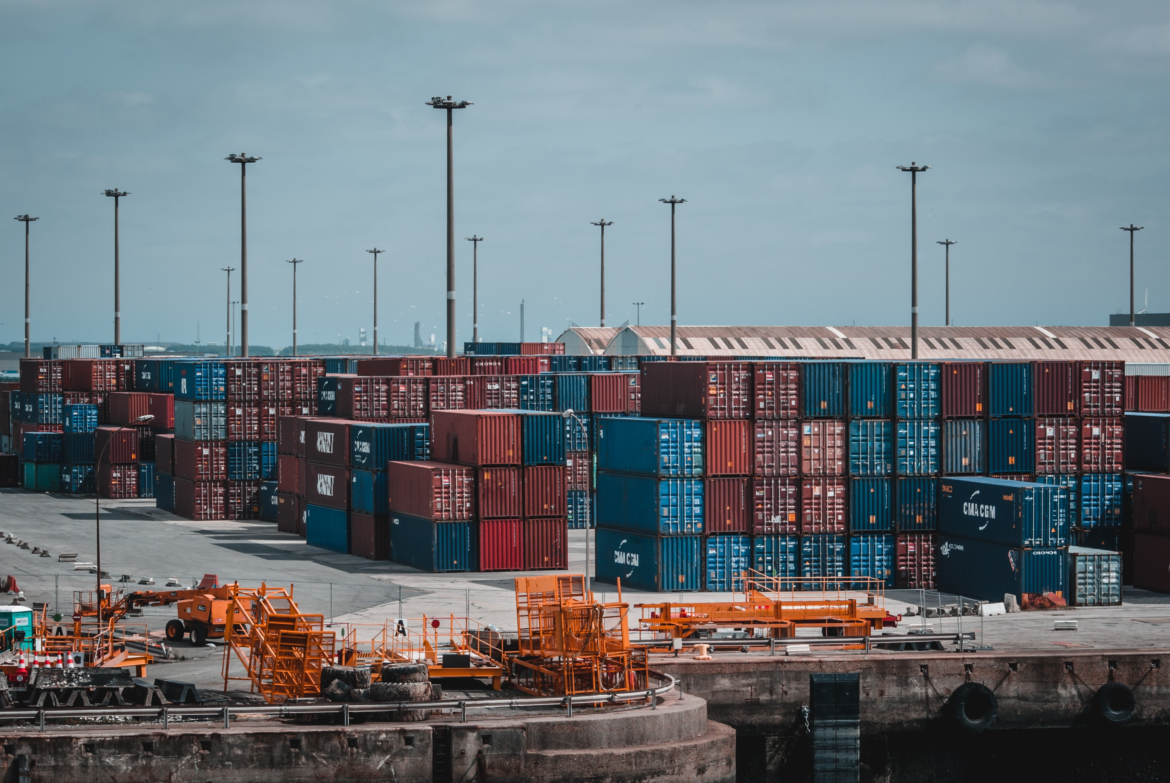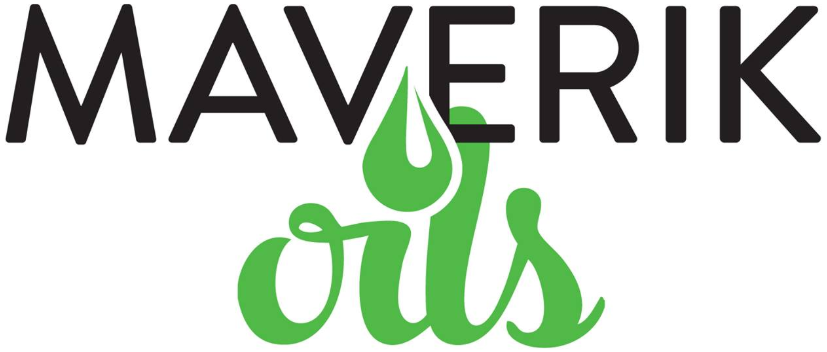COVID-19 and its Effects on Food Supply Chains
There have been some really deadly pandemics in the history of humankind. Therefore, in essence, the outbreak of coronavirus isn’t something new to human beings. However, it may be the first time all the people who are currently alive have experienced something that has actively affected the life of every last person on earth. The one thing that has been common among all the pandemics throughout history is that they’ve significantly affected the global economy in negative ways – coronavirus is no different.
What is COVID-19?
A shortened form of “coronavirus disease of 2019”, COVID-19 is a new form of coronavirus that most likely took birth in Wuhan, China, in December 2019. The virus is extremely infectious, and can spread among people very quickly. Although it was initially considered to be an epidemic in China, it took less than 3 months for it to spread throughout the world, causing the imposition of a worldwide lockdown. After being declared as a worldwide pandemic in March 2020 by the World Health Organization (WHO), it had already affected half a million people and caused nearly 30,000 deaths before the month even ended. The infection rate among other countries was also spiking at the quick rate.
Since the virus is so new, no human being is immune to it yet. While a vaccine has been developed and declared safe for public use, it would still take some time for it to everyone to be able to get a shot. In addition to that, it would take even more time to reach a herd immunity level that protects the population against the virus and lets us live like before.

How Has COVID-19 Affected The Global Economy?
One of the most important factors that keep the global economy regulating efficiently is the food supply chain. It’s no secret that the outbreak of the COVID-19 virus has caused a lot of restrictions worldwide. People have been asked practice a number of precautions to avoid the contraction of the virus – the most important one being to practice social distancing.
People are advised to maintain a six-feet distance from one another, only leave their homes out of necessity, avoid large gatherings, and practice other precautions to avoid unnecessary contact with others. While it may seem like the social distancing rules should be relaxed since people are adapting to a lifestyle with the virus, that isn’t exactly the case.
The third wave of the virus has already hit various countries, and is only spreading further. In a landscape like this, it is only natural that the partial lockdown will be imposed or extended. It is also expected that a full lockdown may be reinforced, depending on the severity of the third wave.
In such conditions, a demand for shelf stable food products, such as flour, pasta, rice, and other grains, as well as frozen or canned fruits and vegetables by consumers is becoming increasingly high. Yet, due to the social distancing rules and other precautions, it isn’t possible to meet such large demands in a timely manner. Various restrictions are causing food production to be limited, which then results in a delay in the transportations. In addition to that, issues such as lack of space and conveyance issues are further affecting the transportation of foods plants.
Since most of the plants are trying to work in safe modes, using as low work forces as possible, this is also affecting the food production. Fewer workers harvesting vegetables and fruits results in relatively lower yields.
Factors such as restricted movement of the workers, shutting down of food production facilities, significant changes in the consumer demands, changes and restrictions in food trade policies, and financial pressure on the food supply chain have all caused issues in the maintenance of the industry.
Not only are these issues creating challenges in providing safe and healthy food across the industry, but they’re also causing a price-hike of these common foods.
Challenges in Maintaining Safety and Quality of the Food
The delay in transportation also gives birth to another huge issue – maintaining the quality of the food. Some perishable goods cannot be stored for longer periods of time without having safety and quality compromised a little bit. While this may not affect packaged foods – such as the ones that comes in cans or sealed bags – it can have a major effect on fresh foods that tend to have much shorter shelf lives.
Additionally, buyers in food manufacturing and retail companies are naturally concerned about importing food products from countries highly affected by coronavirus, as it may affect the quality of these products. In order to curb this skepticism, the supplying countries may be asked to provide some sort of assurance that the food products as well as the production processes are safe and compliant. They may also be requested to provide additional certificates to prove the safety and quality of the food products.
This can prove to be another big hindrance in the food supply chain. It can be challenging for a lot of companies to provide these kind of documentation, in large part due to the fact that most countries are still following some restrictions at national levels to control the outbreaks.
Brand Reputation Compliance Global Standards (BRCGS) and other organizations that are already meeting food safety standards have revised their guidelines in order to allow remote audits. These new guidelines allow remote audits that can be conducted through live videos checks to observe the manufacturing process, fabrication of foods, as well as the overall hygiene of the production site. The reason behind the use of this remote technology is to ensure that adequate controls are put in place in order to avoid any kind of abuses that could compromise the integrity of the auditing process.
However, it would still take some time to put these into practice to an extent that this method actually works efficiently. And up until that happens, there will still be hurdles the food supply chains will have to face.
Another major issue being faced currently is barge service. According to the data collected and analyzed by Marine traffic, even though loading and unloading continues to function across the major ports of the world, a number of ports have seen a delay in barge service.
In addition to that, most of the major ports have been enforced to adopt the 14-days quarantine period for vessels that are either arriving from or transiting through COVID-19 hotspots.
All of these issues can also cause further delay in the import and export of the food, causing it to remain in storage for an extended period. Such storing conditions can inevitably affect the safety and quality of the food. Even foods that have relatively longer shelf lives can get affected due to this. For instance, foods such as cereal and nuts may start developing toxins in such conditions, whereas some other foods may even develop molds before they ever get a chance to hit the market shelves.

Challenges in Verification of Suppliers
The most important tool for the verification of supplies has always been on-site audits. However, today, due to the travel restrictions, this liberty isn’t as readily available as it used to be. During the beginning of the pandemic, this was a major issue for the food supply chains. However, national authorities such as the FDA were working to create new guidelines that allowed alternative methods to test the safety and quality of food products.
In order to minimize the disruptions in the food supply chain, a new policy was issued. With the lack of on-site audits as the main tool, this policy allows companies to use other Food Safety Plans and verification activities such as testing, sampling, and reviewing the food safety records on a regular basis.
“Alternative methods need to be defined to provide sufficient assurances that hazards have been significantly minimized or prevented during the period of onsite audit delay,” states the policy.
What to Expect Going Forward?
The problem is that this new situation is not temporary. It is expected that it would take at least a few years before the world can truly start functioning like it used to prior to the outbreak of the COVID-19 virus. While it is completely possible that it may not take the food supply chains that long to adapt to the current conditions and find ways to tackle the issues, it would, at the very least, take up to another year or two to get things running smoothly again.
However, this phase also presents itself with a set of challenges. The time it takes these food supply chains to form practical methods to deal with the situation would result in constant experiments in finding the best way to keep foods safe. This experimentation period will, of course, be held through the actual production and transportation of food, since there is currently no other way to do it. This will result in a new environment that is constantly fluctuating and will affect the way risk estimation is performed by food safety professionals.
Therefore, keeping the current state of the world in mind, there is an increased need of virtual audits, remote verification of suppliers, risk estimation, and availability of extensive data that will help support decision making.
Moreover, it is important to understand that the coronavirus isn’t going anywhere. So we shouldn’t be working to find a temporary solution that’ll help manage the issue until coronavirus goes away and things can go back to normal. Instead, it needs to be accepted that the virus will stay here for a while. Therefore, we need to create solutions that work alongside the virus.
The first thig that needs to be put into practice by the food supply chains are facilities that focus on the safety and health of the employees as well their working conditions. In addition to that, important decision need to be made to ensure that there is no significant price increment.


